SEEKING GAME
JACO Outfitters – Holman, NM

When the largest wildfire in New Mexico history roared through San Miguel, Mora, and Taos counties during the summer of 2022, it left more than 340,000 acres charred. The densely packed forest of Engelmann spruce, corkbark fir, Ponderosa pine, Douglas fir, white fir, limber pine, bristlecone pine, and aspen trees was devastated. Game animals such as elk, deer, bear, turkey, and Rocky Mountain bighorn sheep either fled or got caught up in the conflagration.
For John Olivas, owner of JACO Outfitters and a Mora native, the fire reached deep into his soul. “It started 40 miles away, and it ended up within 100 yards of our home,” he says. “It didn’t get our house but it came close for sure.” Thoughts of operating the business that year were slim as local residents simply tried their best to survive. The fire destroyed more than 900 structures and forced the displacement of about 15,500 households. “It pretty much slowed us down for that year,” Olivas says. “The wildlife that currently exists in that area has moved around. But they definitely are starting to come back into the area.”
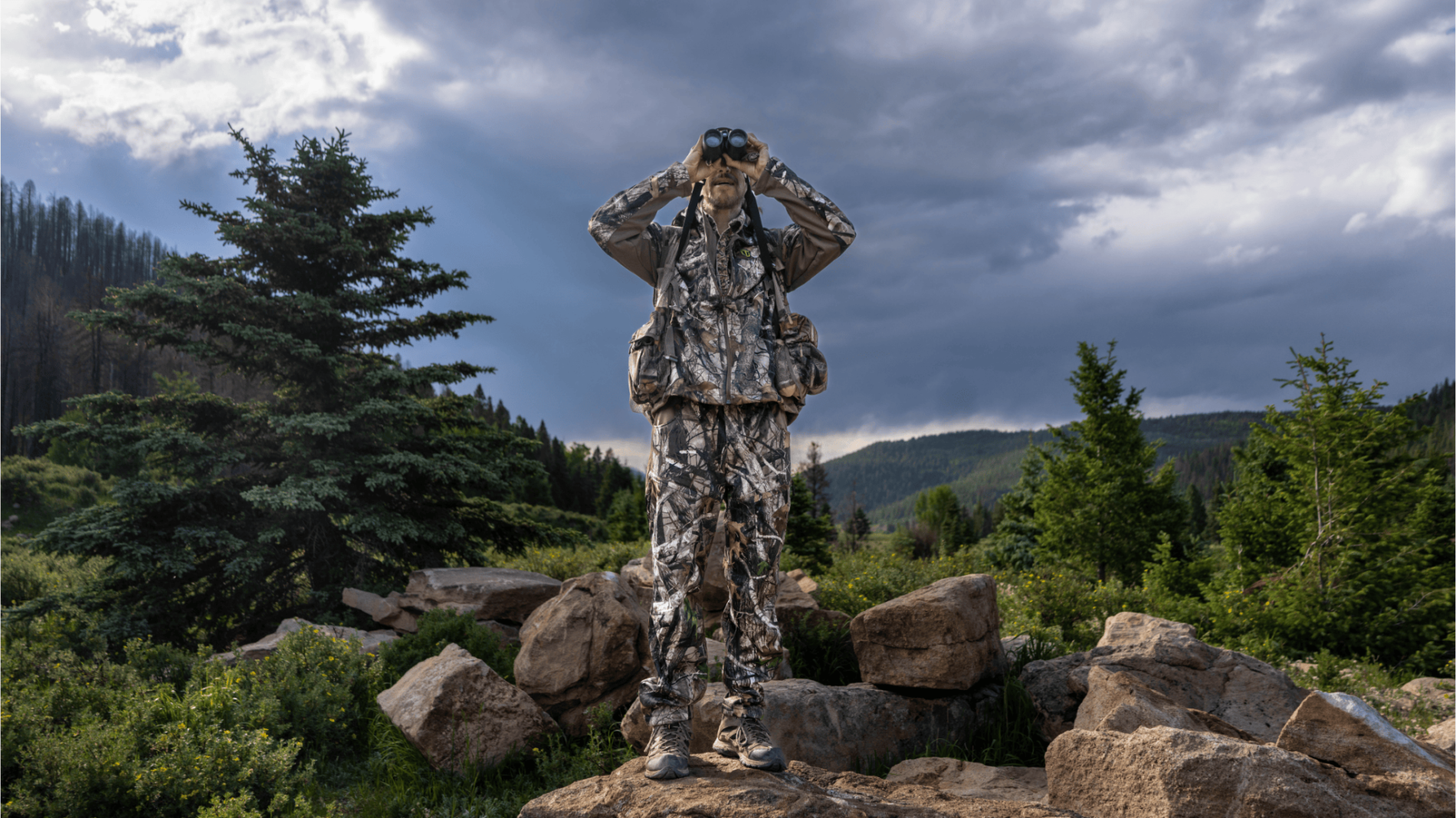
As an avid gamesman and environmentalist who understands the country that his family has called home for generations, Olivas realizes that the out-of-control blaze was probably long overdue. And while it has changed the landscape, it will rejuvenate the forest and has also created opportunities. “I definitely think it’s opened up a lot of the country for us that before used to have so much deadfall,” Olivas says. “We used to have so many of the Ponderosa pine that just covered each other. The fire was helpful in that respect, but the wildlife is definitely coming back.”
With his knowledge of the woods, Olivas says it was pretty obvious that a massive fire was brewing just because of how dense the forest had gotten over the years. The fire has taken from the wildlife an almost unnatural aid in hiding from predators, including hunters.
“As an outfitter in this area, with many years in these mountains, I knew that it was just a matter of time for a fire to take place, but never at this size. There was a time that we’d be out in the woods and it was just so isolated because of the density of the forest. Because of the density, you could not see game animals or get into specific areas. Many of the times we would stay out of specific. Before it was tough. We sometimes would walk 10 miles a day and that’s tough, especially since most of our hunters are from out of state and come in to hunt from lower elevations and we are at an 8,000-to-11,000-foot elevation.”
“Now that we’re in the woods, it’s a big advantage for us. Before, you had to walk. Now, in several areas, you can glass (with a spotting scope) a lot of country to see what’s moving,” Olivas says. “In many spots, you can now stay in a high spot and see and glass a large area. Before, if you did that, you’re just looking at one specific area and waited for animals to cross your site. Now you can see areas we were never able to see on past hunts.”
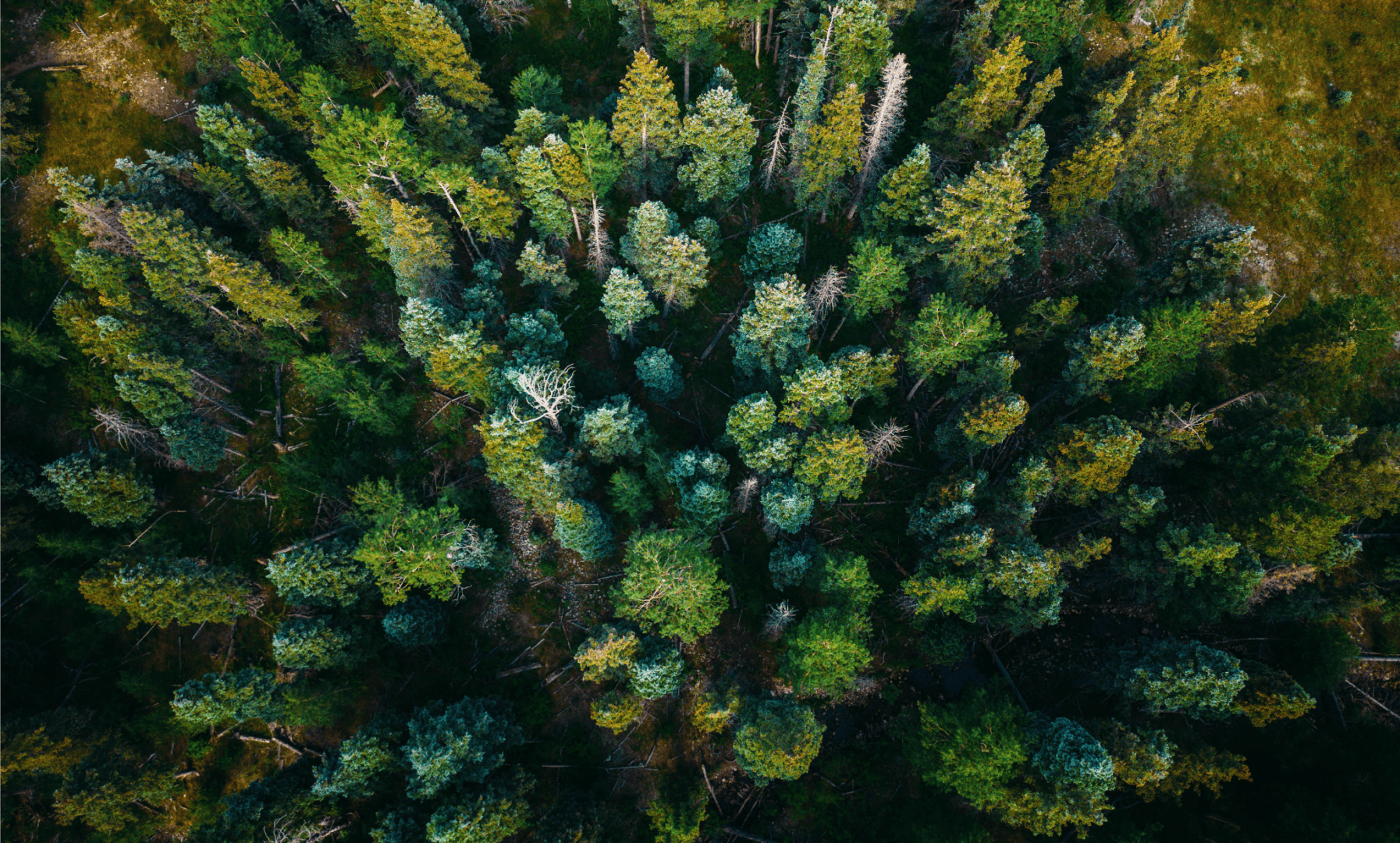
STARTING OUT
“I received an undergraduate degree in biology and a master’s degree in environmental science,” Olivas says. “I studied wildlife and fisheries for a long time in school. And at the same time, I was doing a lot of guiding for other outfitters in the area. And I said to myself, ‘I can do this.’ Being part of a rural community in northern New Mexico, in order to stay home, it was extremely important to be self-employed as few jobs were available in our small community.”
Before becoming a full-time outfitter (JACO Outfitters), it did come with a detour as Olivas and his family lived for a while in the Albuquerque metro area as he worked for Intel Corp., with a work schedule that was three days on and four days off, then four days on and three days off. While the company had a flexible work schedule that allowed Olivas the freedom to also run the outfitting business, it eventually became too much. Between missing the mountains and being overwhelmingly busy, he knew something had to give. And it was an easy decision to ditch the computer business and head back north to the high country.
“I just got so busy with outfitting that I had to leave one to do the other. So I went ahead and left Intel and I moved back up north and I’ve kind of been there ever since,” he says. “So it’s been a nice journey for sure.” He got so busy that at one point JACO was pulling in so many hunters he had to cut back.
Olivas currently is the northern director of the New Mexico Council of Guides and Outfitters (NMCGO) that oversees and assists legislation that is introduced at the state level for and against guides and outfitters in the state.
“The New Mexico Department of Game & Fish is one of the only departments in the state of New Mexico that pays for itself, because of the amount of state licenses that are issued by the wildlife in New Mexico and what they issue within the department,” he says. “There’s a lot of people that are looking to hunt and fish in New Mexico. What we do as a council is watch over the entire outfitting industry through legislation that gets introduced in the State Capital each year. I am the Northern Director for (NMCGO) and take care of the northern New Mexico areas industry. We try and maintain and make sure that all the rules and regulations that are in place are maintained and support the cause of the outfitting industry throughout New Mexico. There are a lot of individuals out there that want to become outfitters, but because of the necessary steps including the paperwork, permits, insurance, taxes, etc. that is required to fall under the law they are unable to get it done.”
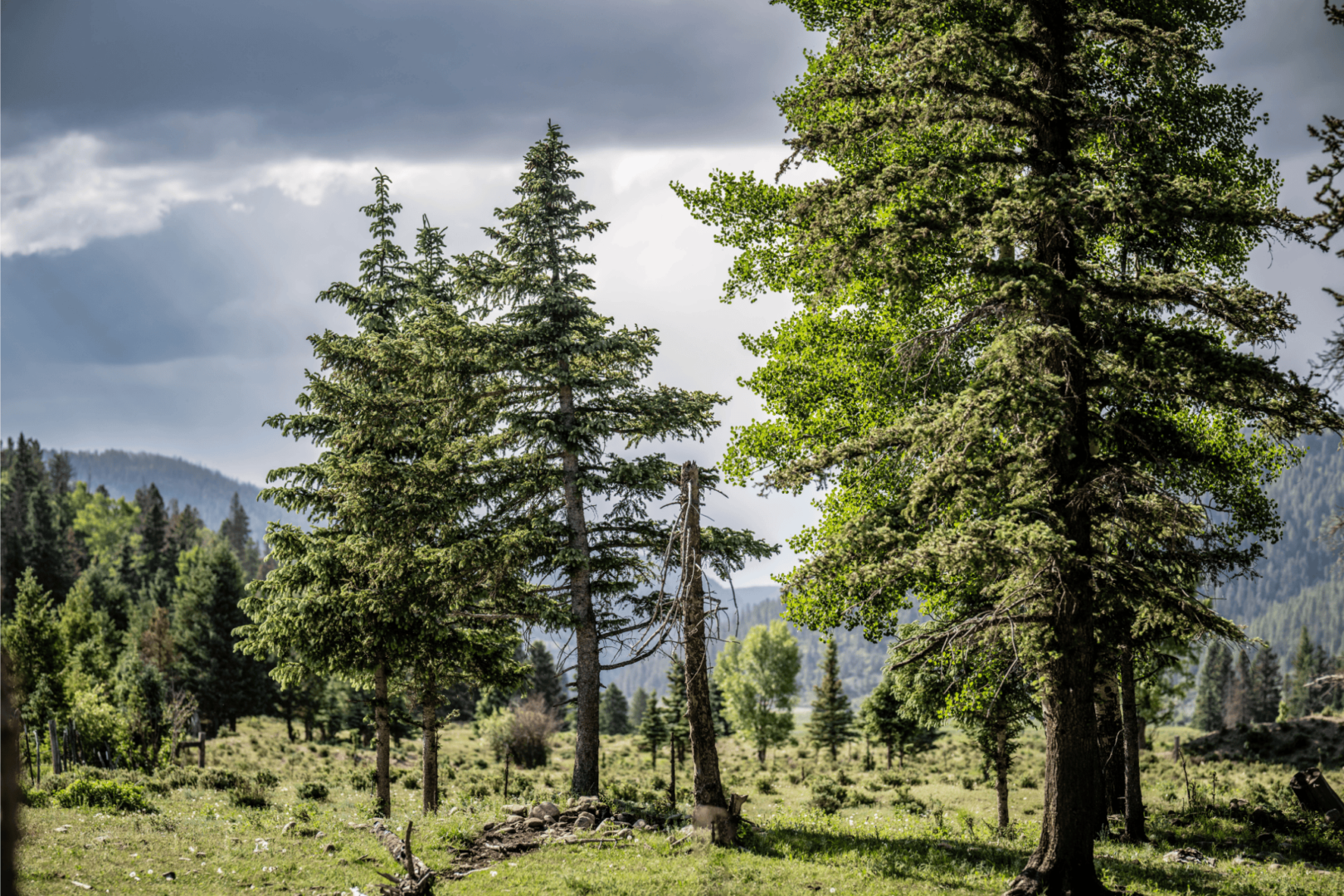
ON THE HUNT
The remoteness of northern New Mexico makes it a special place for visitors who have never experienced such backwoods hunting, Olivas says. “We have purebred Merriam turkeys in our neck of the woods. There are very few places that have purebred Merriam turkeys that possess white-tipped tails, lower back feathers which are highlighted by coppery and purple shimmering features on the breasts and upper backs.” For hunters seeking big game, they are in abundance in the area, as well.
“Up in northern New Mexico, we really got an isolated area to where we have larger animals, we have some big mule deer, big Rocky Mountain elk that are just getting near-record on both sides. We do pronghorn antelope. We usually do that in August and currently in September and October. We’ll do some black bear at the end of August and end of September after archery elk. We’ll do archery elk, September 1-24 and then get into Muzzle-Loader and rifle elk in October. In the November-December time frame, we’ll do cougar/mountain lion. That pretty much takes us through the whole season.”
JACO Outfitters is a full-service outfitter so all a hunter has to do is show up with a weapon, camouflage and their amenities and be ready for a hunt. “As an outfit, we take care of all lodging, all meals, all transportation for a non-resident hunter, except from the airport to the lodge. What they do is they book with us, pretty much all they need to do is bring in their camouflage and their weapon and we’ll take care of the rest,” Olivas explains. “What we do is offer a two-hunters-per-one-guide service. We pretty much take care of everything for these guys.”
That means scouting ahead of time to find the most likely spots for a successful hunt. That means preparing and packing out animals that have been bagged. And that means getting the harvested animal to the processor and getting it shipped back home. And, that of course, is the important part of the process.
“When you harvest an animal, we’ll make arrangements to get the animal out. So we either pack out an animal now by driving up toward an animal that has been harvested, or we get some horses to pack it out, so it varies,” he says. “If you harvested an animal, we’ll take care of the entire procedure to get it out of the woods. Once we get it out of the woods, we’ll pack it out, we’ll skin it, we’ll make sure it’s all taken care of.”
“It’s best to get an animal out full body. Once we get it out, we hang it out for you and make sure it’s all skinned and quartered out.”
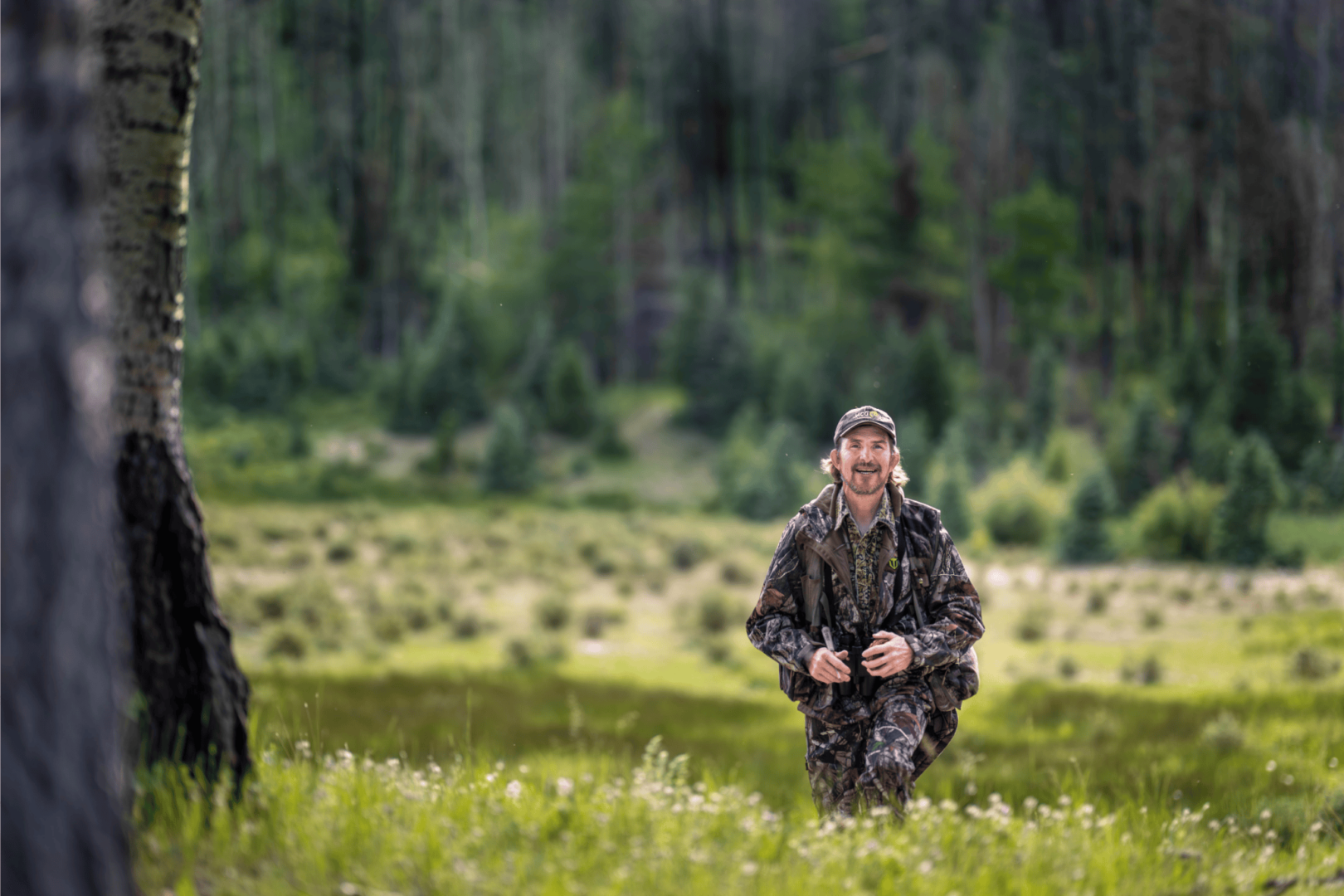
STARTING EARLY
“On a typical day, we’re usually going to be getting up about four o’clock in the morning. We’ll have a continental breakfast in the morning just prior to going out. We’re usually out in the field by about 5:15-5:30 in the morning, trying to get down to the field before the sun breaks,” Olivas says. “Once the sun breaks, that’s when all of the activity starts. And then usually by 10 o’clock or so things have quieted down, and the animals have started quieting down due to higher temperatures and bright light and they will rest for the day.”
After a meal and some rest, those hunters who have not harvested get back out in the field. “Usually by two, three o’clock in the afternoon, we go back out in the woods and we’ll hunt until dark,” Olivas says, giving the hunters every chance to find game. “Most activity by wild game takes place in early mornings and late afternoon near dark.”
Despite the areas that are denuded, there is still plenty of movement involved, which can take a toll on people from lower elevations.
“You’re typically going to be walking anywhere from three to six miles a day, as you go out on the hunt. What will happen is you usually come back in for lunch, usually by 11 o’clock in the morning. We know that a lot of clients who come into the area are from lower elevations. So it’s a tough one, especially for hunters who come in the day before the hunt. It usually takes them about three days to get acclimated. So we try not to do too much the first couple of days or we encourage them to come in to Albuquerque and spend a couple of days to get used to the elevation.”
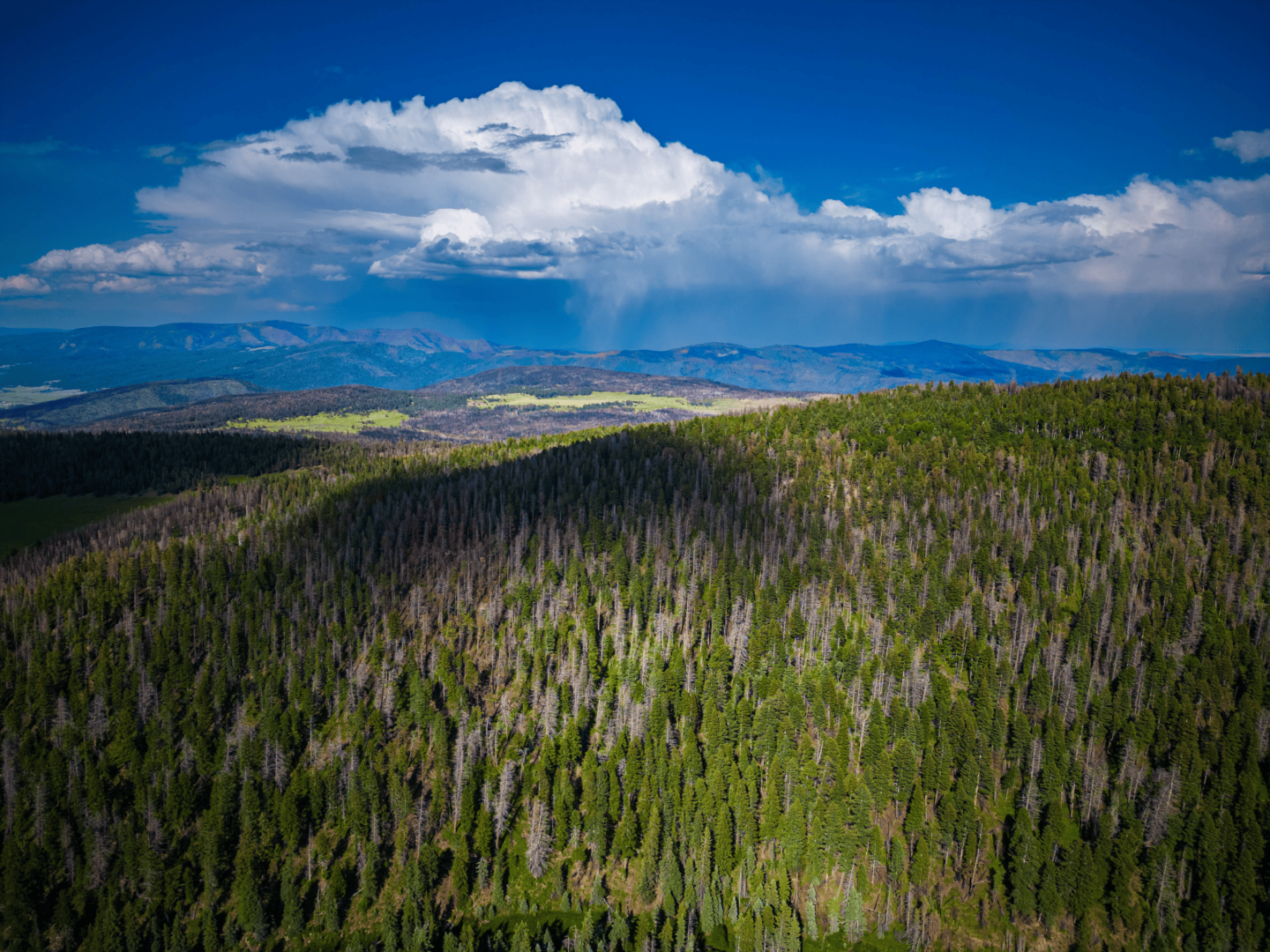
CHANGING TIMES
Olivas has been an outfitter for three decades, although now he spends more of his time running the business and letting younger locals carry on the guiding aspects of outfitting.
“I’ve been in business for 30 years and there used to be times during that timeframe when I used to draw permits. And I could never hunt them. I now got to a point in my career, I don’t guide as much as I used to. So I hire the guides to come in and take care of all the hunts for us as I oversee the comfort in the lodging and accommodations for our guests. Now, if I could draw a permit, I’ll be able to hunt. I remember for 20 years that I had never hunted for myself. I have plenty of photos to show, but none of them are mine.”
The heart of the summer and fall is when he wraps up the season and begins preparing next year’s hunts.
“What I’m currently taking care of right now is all the final payments and everything that are coming in once all the details comes into place,” Olivas says. “We make sure all the guides are certified. There’s a lot of the permitting process that has to take place and not only from the outfitting side, but on the guide side as well. We too have to be insured for the entire outfitting process. We must have our CPR and first aid. So there’s a lot of processes that we have to do in order to begin a hunt.”
But Olivas says he would have it no other way. And oh, that high country. It still amazes Olivas when clients come into New Mexico expecting to see barren desert.
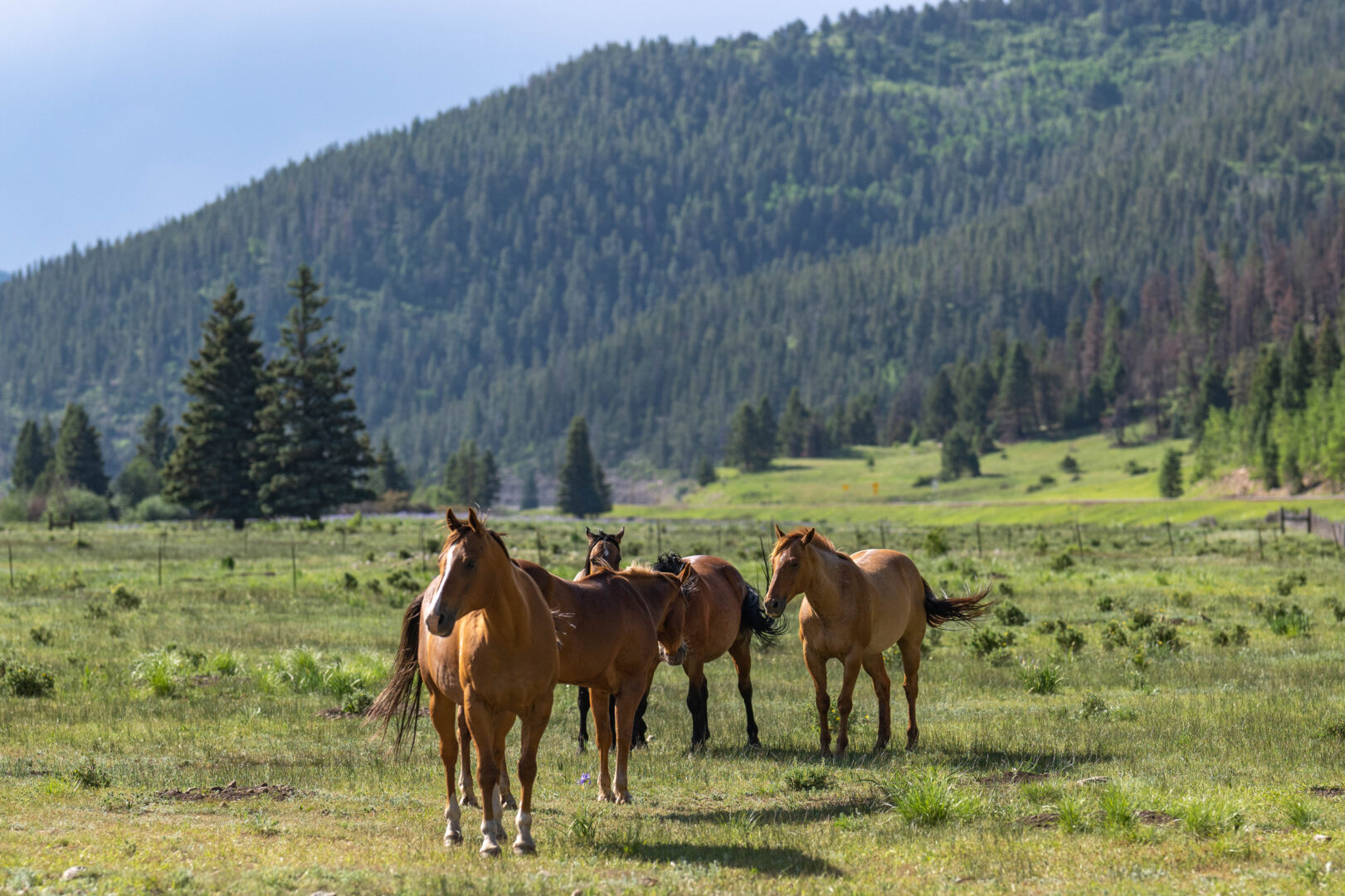
“When people think about New Mexico, they typically think of high desert country. When people come into our country in northern New Mexico, we’re up in the mountains. Holman is up at 7,800 feet. Our elevation in our backyard is just under 13,000 feet in elevation. And we are glad to know that this is our neck of the woods.” And that’s just the start as big game hunts generally climb near tree line.
“We’ve got mountains and thousands and thousands of back country acres in our backyard and when people think about New Mexico they typically don’t think of that country. When hunters come into our area, what they typically will do is get into those higher elevations and it’s not typical for them,” Olivas points out. “And they say, ‘Hey, I thought of New Mexico as this, like a desert.’ If you come in during the September-October time frame, here in elevation, you get a lot of the aspens that are changing colors. See early morning sunrises and late evening sunsets that you’ve probably never seen anywhere else.”
So visitors can do some hunting as shutterbugs, as well. “Definitely bring the camera with you when you come,” he says. “We take them into areas that they’ve never felt existed. I don’t know how many clients we bring in and they are interested in buying land in our neck of the woods, but our woods aren’t for sale.”
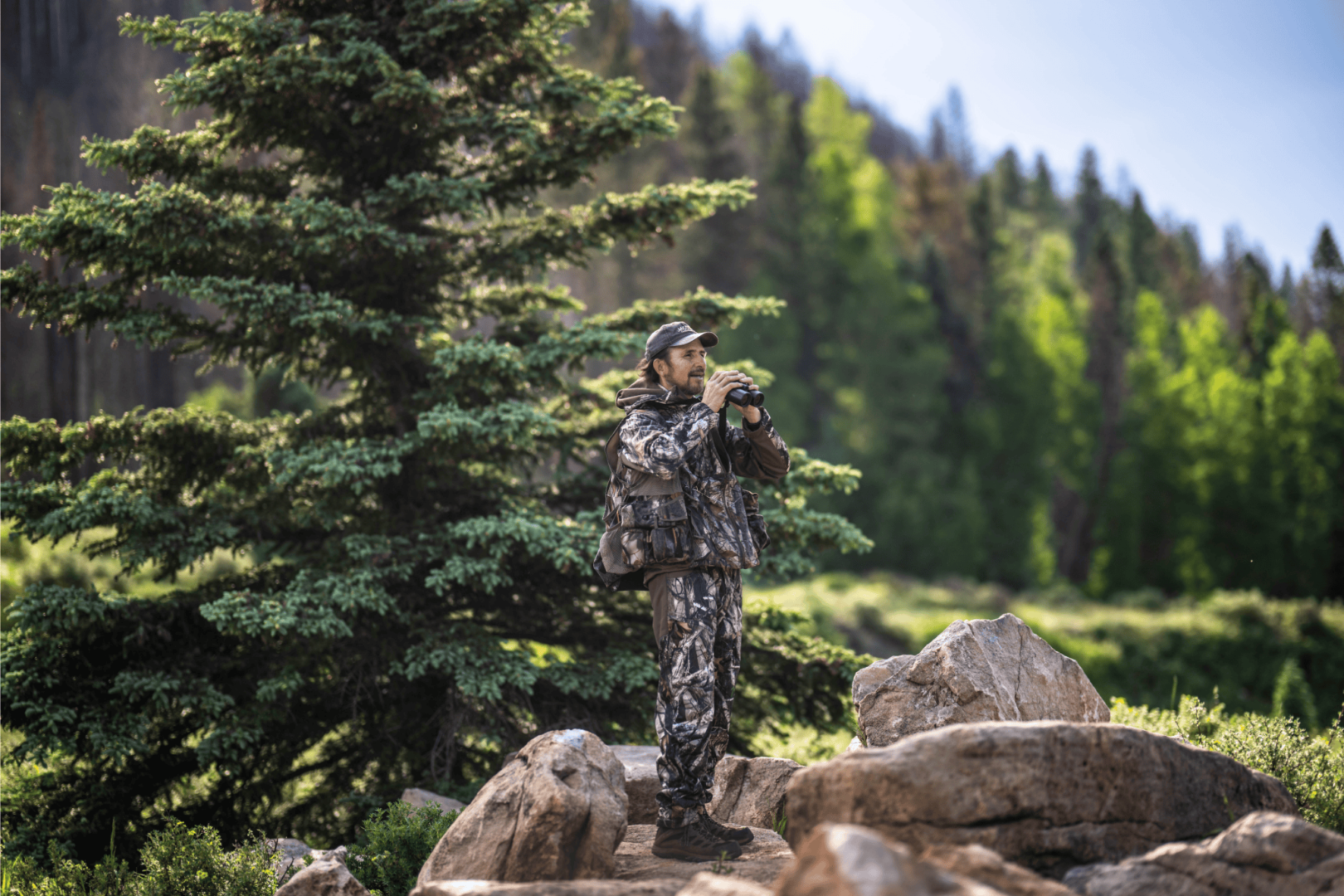
Photos by Roberto E. Rosales Photography Editorial by Glen Rosales
JACO Outfitters – Holman, NM